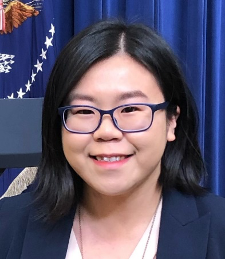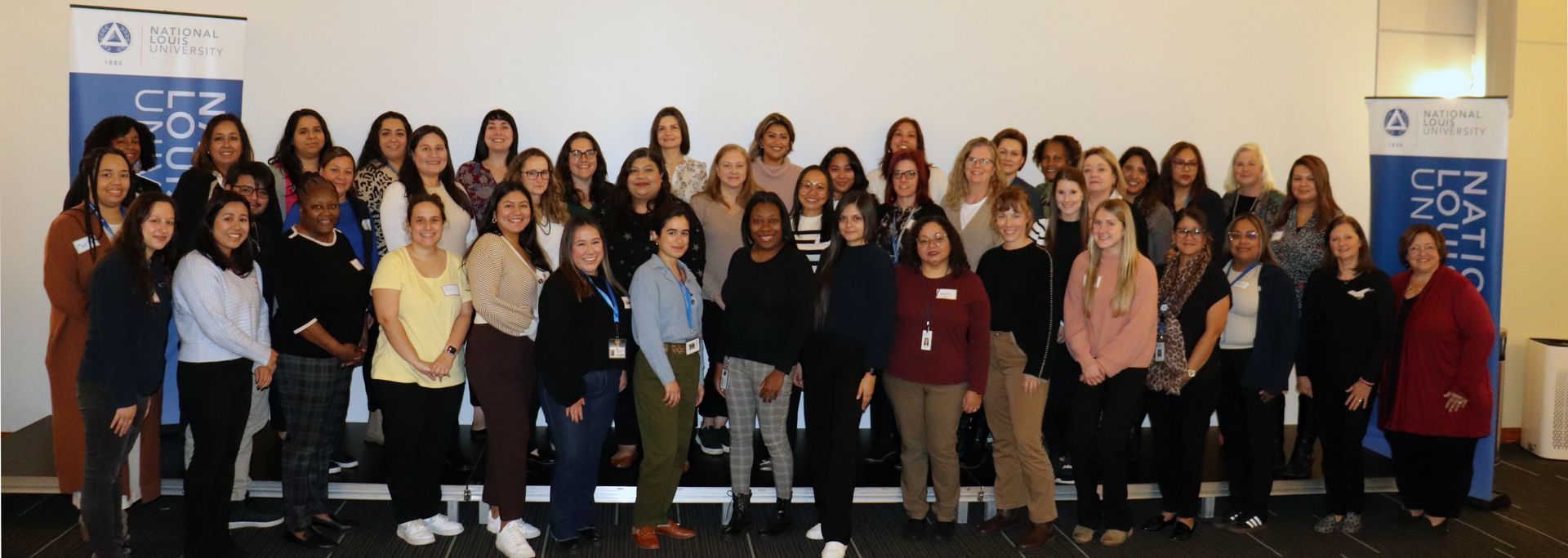During a recent conversation, Sim Loh, a 2022 Paua Jorde Bloom (PJB) Scholarship recipient, shared how attending the 2022 Leadership Connections National Conference had a significant and lasting impact and broadened her ECE perspective. As a scholarship winner, Loh received registration to the three-day National Leadership Connections conference and a full day of pre-conference workshops at no cost! As she captured in this selfie, Loh was able to break from her daily duties as the Family Partnership Coordinator at Children’s Village in Philadelphia, PA, to attend the virtual conference.
The PJB Scholarship, first awarded in 2019, is intended to support emerging and aspiring early childhood leaders dedicated to providing the highest quality care and education for children and families. The scholarship, established by Paula’s family after she passed in 2018, highlights her legendary devotion to improving early childhood professional standards.
An award like the PJB scholarship, a selective honor valued at $500 and given to two emerging or aspiring early childhood leaders annually, actually reads more like a footnote on Loh’s resume. In addition to her role at Children’s Village, she is a member of the Children First PA Racial Equity Early Childhood Education Provider Council, a community member representative of the Philadelphia School District Multilingual Advisory Council, and a Board Member of Historic Philadelphia. As Family Partnership Coordinator at Children’s Village, she supports the communities served by her center, including non-English speaking immigrant families, and empowers them to advocate for themselves. “I don’t want to speak for the families, I would rather they speak for themselves,” she said.
Outside of her comprehensive work in the state of Pennsylvania, Loh finds few opportunities to meet other professionals and advocates from around the country and the world, which is why attending this national conference had such an impact.
Loh shared that the networking sessions set Leadership Connections apart from other virtual conferences. “It’s a rare opportunity to meet people from different states. I know how things work in Philadelphia, but not necessarily how things work in other states outside of Pennsylvania,” she said. “So being able to have those conversations, being able to meet people from different states helps me to see the system from a different perspective.”
“Leadership Connections helps everyone to recognize the leader in themselves, a leader who can overcome challenges and make changes they want to see happen.”
The McCormick Center’s “The Time is Now: Leadership and Advocacy” Leadership Connections conference will take place virtually from April 26-28, 2023, with a virtual pre-conference on April 25, 2023. The conference offers opportunities to attend a wide range of sessions relevant to your work as an early childhood leader, network with professionals who relate to your trials and triumphs, and find inspiration from influential specialists in our field.
For Leadership Connections 2023, we are pleased to announce that two scholarships will be awarded to emerging and aspiring leaders. Scholarship applications will be accepted through January 6, 2023.
Click here for complete details and to apply for the 2023 Paula Jorde Bloom Scholarship.
Click here for complete details and to register for the 2023 Leadership Connections National Virtual Conference.






